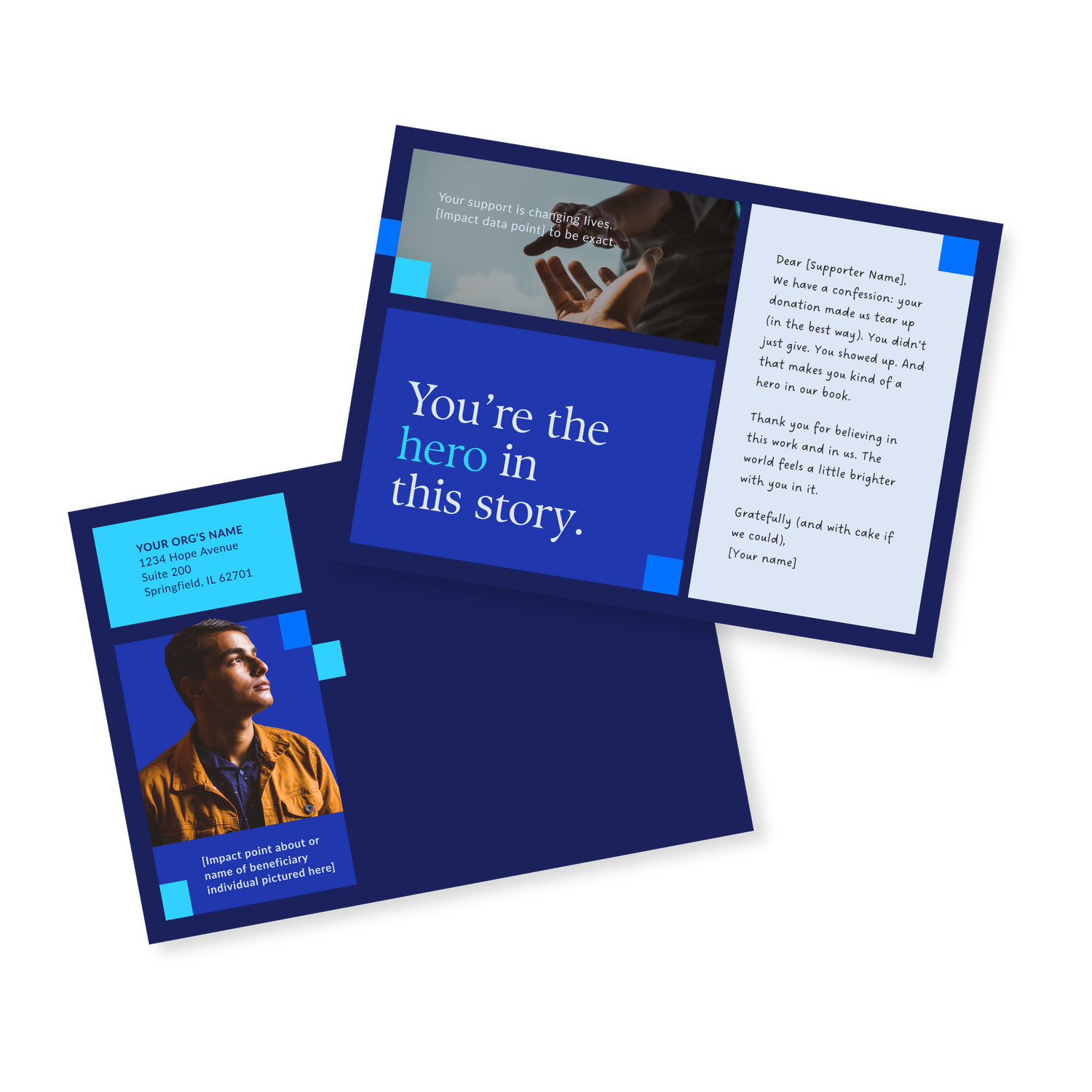I used to think systems would save me.
If I could just time-block like a pro, outsource like a boss, and meal prep like I was prepping for a cooking show, then I’d finally be “on top of things.” Especially while raising three kids and running a purpose-driven business.
But as you probably know, real life doesn’t always bend to your planner.
Running a business has taught me how to get ahead—not perfectly, not all at once—but consistently enough to protect my time, my energy, and my mission.
And if you’re a nonprofit leader reading this, I know you feel this tension too.
You're trying to:
- Write impact reports while planning the next donor campaign
- Manage the website while supporting events
- Create social content while proofing next quarter's newsletter
- Serve your community without burning out behind the scenes
All while under-resourced, understaffed, and overcommitted.
Whether you’re leading a team or flying solo, the pressure to do more with less is so real. And it’s not going away.
That’s why working ahead isn’t a nice-to-have. It’s how you stay sane. It’s the core of time management for nonprofit leaders.
.png)
What Working Ahead Really Means
Let’s be clear. I’m not a super planner. I don’t color-code my calendar or schedule six months of content in advance.
What I have done is build rhythms that support my energy and capacity. Because working ahead isn’t just about control. It’s also about care. It’s structure that creates breathing room. Planning that makes space for rest.
It’s how you give yourself a softer landing. And that kind of thoughtful approach is what makes strategic planning for nonprofits sustainable.
What This Might Look Like for You
If you’re feeling stretched thin, here are a few things that helped me, and might help you with your nonprofit planning, too.
1. Simple To-Do Lists + Calendar Non-Negotiables
I don’t use fancy productivity apps. I keep a running to-do list (Things 3 or Apple Notes app). Both are super simple. No extra fancy features that can be distracting. This keeps my brain clear and my week grounded, especially when things get messy (because they always do).
For you, this means no more checking a million different emails or setting endless reminders. Now, when something must happen, it goes directly on your nonprofit event calendar under a specific time slot.
2. I Hired Support That Complements My Gaps
When I hired our incredible project coordinator, May, things shifted. She doesn’t just thrive on structure and deadlines—she finds energy in the fine print. The timelines, the checklists, the color-coded calendars? That’s her happy place…not so much mine.
Don’t get me wrong, I can meet a deadline, but the constant oversight of timelines drains me. Together, we built a system that keeps the wheels turning without making me feel boxed in.
If you’re in a nonprofit role but don’t have a “May,” try carving out just one hour a week for future planning. Block it off like a meeting, because it is.
3. Batching Content One Month Ahead
We plan core content about a month in advance. Things like newsletters, Pinterest graphics, and LinkedIn posts for Acton Circle.
For my personal LinkedIn posts, I stay about two weeks ahead so the content feels timely and true to what I’m experiencing.
For your nonprofit planning, batching might look like:
- Writing a month of blog posts in one sitting
- Drafting and scheduling all your social media for the next three weeks
- Outlining email newsletters for the entire quarter
The point: don’t build the whole year at once, just get a head start where you can.
4. Using Notion for Goal-Tracking + Accountability
You don’t need a complex system. Just one that helps you stay focused and actually make progress.
If your nonprofit has a strategic plan, even better. Use it to set your main goals. Then pick 2–3 subgoals under each one, and each week ask yourself: What would move these forward?
I plan quarterly; it gives me a clear window to work within. But your timeline might be shorter or longer. (The 12-Week Year is a good resource if you want to explore this approach.)
Once my quarterly goals are in place, I use a simple Notion hub to check in with myself weekly. In it, I track:
• How the week went overall
• Progress on my top 3 priorities
• What’s working (and what’s not)
• What I need to adjust
It’s quick, personal, and keeps me focused on what matters, not just what’s urgent.
5. Capturing Ideas in Real Time
I keep a running stash of screenshots (e.g., great designs, smart headlines, campaign ideas). Each week, I review what I saved and move anything worth exploring into my Notion or to-do list.
If your role includes storytelling, marketing, or fundraising, you’re always spotting inspiration. Don’t let those ideas vanish into your camera roll or open-tab graveyard.
Tips to make this habit work:
• Create a folder or email label titled “Inspo” on your phone, desktop, or inbox
• Use a tool like Notion, Evernote, or Pinterest to organize by topic (e.g., events, donor emails, social)
• Set a weekly reminder to review and pull out 1–2 ideas worth actioning
• Bonus: Add a quick note to each screenshot so you remember why it caught your eye
A little structure goes a long way when it comes to turning inspiration into action, and every small improvement feeds into your overall nonprofit planning strategy.
Why It Matters (Especially for You)
You’re often the glue. You see the big picture and the small details. You’re trying to steward a mission and stretch a budget…on top of trying to stay ahead of your nonprofit’s event calendar.
And yes—you're probably wondering how long you can keep this pace.
The truth? Without a little breathing room built in, burnout sneaks up fast.
But small shifts make a big difference:
• You stop chasing every task and start moving with intention
• You get your evenings back
• You make space for reflection, not just reaction
• You feel more grounded, more present, more in control
Working ahead gives you a fighting chance to lead well and breathe easy. These micro habits build the backbone of successful nonprofit planning strategies.
Frequently Asked Questions About Nonprofit Planning Strategies
What are nonprofit planning strategies, really?
They’re not about having a five-year master plan (unless that’s your thing). At their core, nonprofit planning strategies are simple rhythms and systems that help you stay a step ahead especially when you're juggling fundraising, content, operations, and 1,000 other things. Think: structure that serves you, not suffocates you.
Why does working ahead matter so much for nonprofit leaders?
I bet you’ve been in a place where everything feels urgent. Working ahead gives you margin. It keeps you from running on fumes and reacting to every fire. It’s one of the most sustainable ways to manage your time and energy, even when your team is small and your to-do list is endless.
How do I build nonprofit planning strategies when I don’t have a big team?
Start small. One hour a week. Block off time. Use it to batch content, review upcoming priorities, or just breathe and look ahead.
What does content batching actually look like in a nonprofit setting?
It could be as simple as writing three weeks of Instagram captions in one go, drafting donor emails before your campaign launches, or outlining newsletter topics for the next quarter. It’s about saving time, reducing stress, and getting out of the “what should I post today?” hamster wheel.
Can planning ahead really prevent burnout—or is that just wishful thinking?
It can. Not overnight, but over time. When you build in space—for rest, reflection, and strategy—you stop running in reactive mode. Even small shifts in how you plan can make a big difference in how you feel. And how you lead.
One Small Step
Ask yourself:
What’s one thing I can prep this week that will make next week easier?
Write it down. Do it early. Call it your gift to Future You.
And if you're leading a small team, think of working ahead as a gift to them, too. It’s how you create capacity for rest, for strategy, for impact.
Need a head start?
Whether you’re leading a major campaign, supporting kids through big transitions, navigating a new leadership role—or all of the above—it’s okay if it’s not flawless.
It’s faithful.
It’s intentional.
And it’s yours.
If you’re tired of reinventing the wheel every time a campaign, report, or social post is due, our template shop was made with you in mind.
Think plug-and-go design tools for busy nonprofit teams who need to look pro without spending hours in Canva. Because your mission is extremely important, and people need to see it. You shouldn’t have to build from scratch to stay top of mind.
👉 Browse the Template Shop










